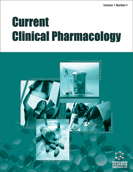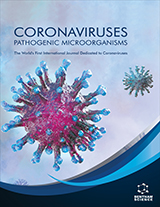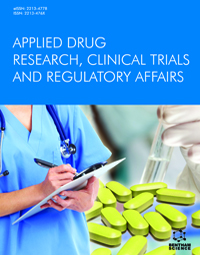Abstract
This chapter describes the different difficulties encountered when studying a
new polymer by GPC or SEC. This technique is known as liquid chromatography in
which a soluble polymer is eluted through a porous gel filling a column. The different
molecular weights are separated following their hydrodynamic volumes compared with
the pore diameters. It appeared in the sixties firstly in an aqueous medium. The main
factors playing a role in the elution through the porous support are examined.
Especially, the SEC behaviour of water-soluble polymers is discussed introducing the
behaviour in aqueous medium where H bonds and hydrophobic interactions are
important. Examples of dextrans and neutral oligosaccharides, rich in -OH groups are
discussed showing that weak adsorption increases the elution volumes when eluted in
water. Other important interactions concern the electrostatic interactions causing
exclusion from the gels and changes in the polyelectrolyte conformation. Elution with
monovalent electrolytes (NaNO3
or NaOAc) around 0.1M is recommended. SEC of
charged oligosaccharides, hyaluronan, pectins and chitosan are briefly described.
Fortunately, new equipment appeared progressively and especially in 1983 the
multiangle laser light scattering (MALLS) was introduced, which is probably the most
useful detector to associate with the differential refractometer. In that case, Mw is
obtained independently of the elution volume as soon as there are no aggregates and
good solubility of the polymer tested in the solvent selected. To conclude, it is
necessary to insist on the quality of the polymeric solution avoiding the presence of
aggregates which may be identified by dynamic light scattering (DLS). In their
presence, even after filtration on 0.2 µm pore membrane, the SLS overestimates the
Mw.






















